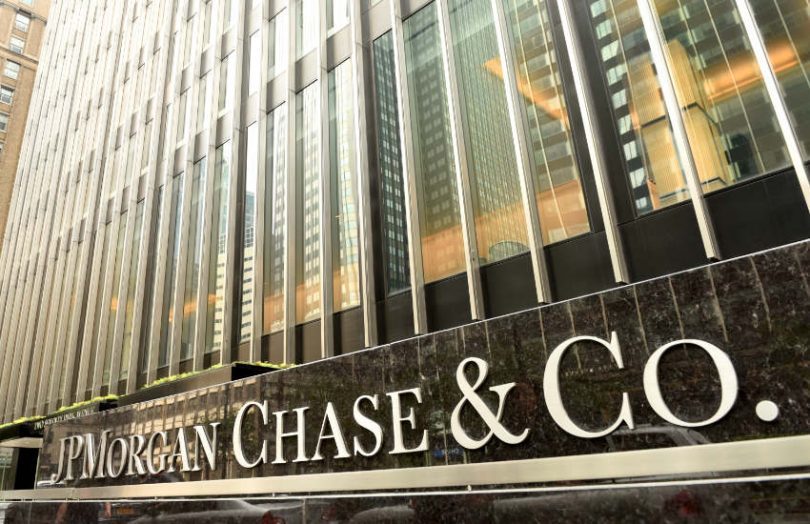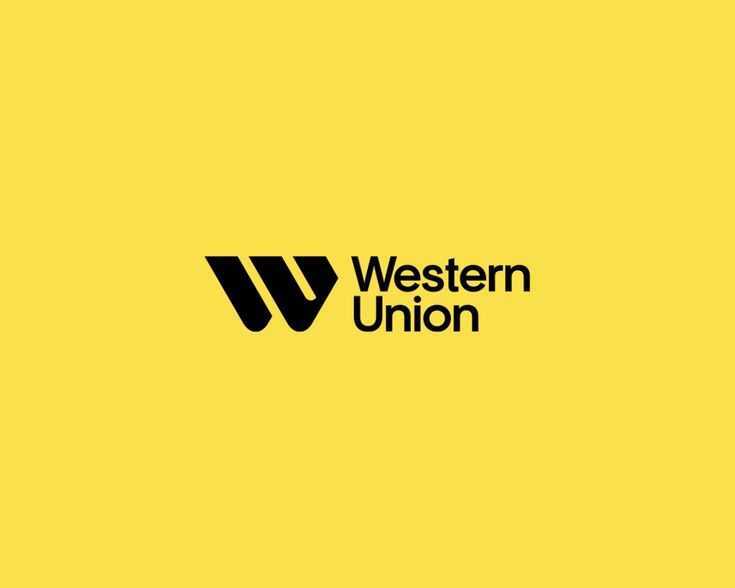Today JP Morgan’s Takis Georgakopoulos said that six months ago, the bank saw a lot of demand from clients for cryptocurrencies as a payment method. “We see very little right now,” said the bank’s head of payments talking to Bloomberg today.
“But we continue to support those use cases. We don’t take principal risk. But if someone wants to use their crypto as a payment method, we can support that. Just it’s a niche use case, at least for now.”
Earlier, he discussed the bank’s approach to blockchain and digital currencies. He views distributed ledger as an alternative payment rail in the future.
“For me, the most exciting thing about digital currency on a blockchain is the ability to move information and value at the same time in real-time and without any of the constraints of the traditional payment systems,” said Georgakopoulos.
“As you think of (the) internet of things, smart devices, mobility, etc, these are areas that would require in the future new payment methods. That’s why we’re investing in Onyx,” he said, referring to JP Morgan’s in-house blockchain division.
He continued, “That’s why we have our own blockchain network that can take both fiat currencies, deposit on a distributed ledger and digital currencies or CBDCs as they evolve in the future, but we have a bit of a way to go on that front.”
Georgakopoulos also spoke about Partior, the Singapore joint venture with DBS Bank and Temasek, which provides a multicurrency clearing network. He views it as a blueprint for other regions.
Partior grew out of the Project Ubin central bank digital currency (CBDC) experiments with the Monetary Authority of Singapore (MAS). Earlier this month, MAS unveiled Project Guardian, which aims to explore securities tokenization and the use of DeFi technologies such as lending without intermediaries and automated market making (AMM) for trading. JP Morgan’s Onyx is involved in Project Guardian alongside DBS, Japan’s SBI and Marketnode, an SGX-backed bond and fund tokenization solution.






























